Filter by
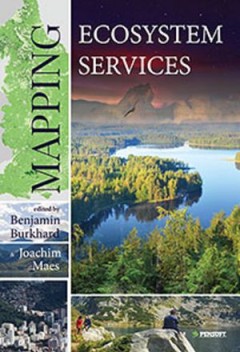
Mapping Ecosystem Services
Mapping ecosystem services delivers essential insights into the spatial characteristics of various goods’ and services’ flows from nature to human society. It has become a central topic of science, policy, business and society – all belonging on functioning ecosystems.This textbook summarises the current state-of-the-art of ecosystem services mapping, related theory and methods, different…
- Edition
- -
- ISBN/ISSN
- 9789546428301
- Collation
- -
- Series Title
- -
- Call Number
- -

Flora Malesiana. Series I - Seed Plants, Volume 14. Myristicaceae
Flora Malesiana. Series I - Seed Plants, Volume 14. Myristicaceae
- Edition
- -
- ISBN/ISSN
- 9789546427311
- Collation
- -
- Series Title
- -
- Call Number
- -
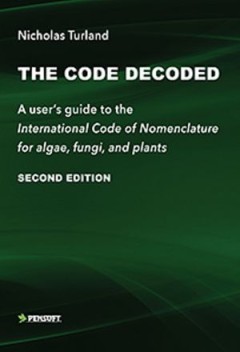
The Code Decoded
The purpose of this second edition of The Code Decoded is to serve as a user’s guide to the International Code of Nomenclature for algae, fungi, and plants (“Code”), specifically the Shenzhen Code (Turland & al., 2018). My objective, as for the first edition (Turland, 2013), has been to create a text that is reasonably clear and simple, which inevitably means it will fail to cover every r…
- Edition
- -
- ISBN/ISSN
- 9789546429643
- Collation
- -
- Series Title
- -
- Call Number
- -
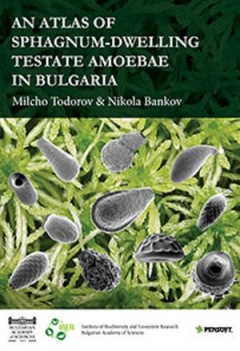
An Atlas of Sphagnum-Dwelling Testate Amoebae in Bulgaria
An Atlas of Sphagnum-Dwelling Testate Amoebae in Bulgaria
- Edition
- -
- ISBN/ISSN
- 9789546429735
- Collation
- -
- Series Title
- -
- Call Number
- -

Advancing Culture of Living with Landslides: Volume 1 ISDR-ICL Sendai Partner…
Landslide Science; International Strategy for Disaster Reduction; Landslide Hazard Assessment; Landslide Dynamics; Landslide Risk Reduction
- Edition
- -
- ISBN/ISSN
- 9783319594699
- Collation
- -
- Series Title
- -
- Call Number
- -
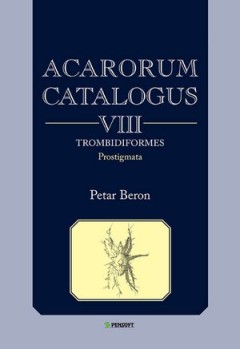
Acarorum Catalogus Viii
The eight volume of this series "Acarorum Catalogus" is devoted to Superfamilia Cheyletoidea (Cheyletidae, Psorergatidae, Demodecidae, Harpyrhynchidae, Syringophilidae) and Superfamilia Cloacaroidea (Cloacaridae, Epimyodicidae). About 1243 species of 177 genera are listed therein, with synonymies and citations in various papers. The book also contains a list of by-country distributions, type lo…
- Edition
- -
- ISBN/ISSN
- 9786192480424
- Collation
- -
- Series Title
- -
- Call Number
- -
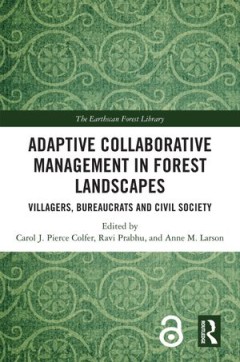
Adaptive Collaborative Management in Forest Landscapes
This book examines the value of Adaptive Collaborative Management for facilitating learning and collaboration with local communities and beyond, utilising detailed studies of forest landscapes and communities. Many forest management proposals are based on top-down strategies, such as the Million Tree Initiatives, Forest Landscape Restoration (FLR) and REDD+, often neglecting local communities. …
- Edition
- -
- ISBN/ISSN
- 9781000483017, 1000483010
- Collation
- -
- Series Title
- -
- Call Number
- -
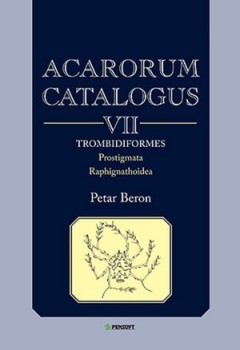
Acarorum Catalogus Viii
The eight volume of this series "Acarorum Catalogus" is devoted to Superfamilia Cheyletoidea (Cheyletidae, Psorergatidae, Demodecidae, Harpyrhynchidae, Syringophilidae) and Superfamilia Cloacaroidea (Cloacaridae, Epimyodicidae). About 1243 species of 177 genera are listed therein, with synonymies and citations in various papers. The book also contains a list of by-country distributions, type lo…
- Edition
- -
- ISBN/ISSN
- 9786192480424
- Collation
- -
- Series Title
- -
- Call Number
- -

Acarorum Catalogus Vii
The 7th volume of my series “Acarorum Catalogus” concerns the mite superfamily Raphignathoidea. The 12 families of this superfamily consist of 69 genera and some 1087 species and are being studied intensely, particularly by acarologists from China, South Africa, Turkey, Iran, Crimea and other countries or areas. Some members of the Raphignathoidea are suitable for biological pest control (G…
- Edition
- -
- ISBN/ISSN
- 9786192480073
- Collation
- -
- Series Title
- -
- Call Number
- -
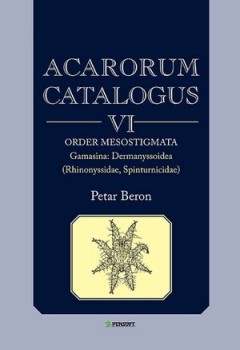
ACARORUM CATALOGUS VI. Order Mesostigmata. Gamasina: Dermanyssoidea (Rhinonys…
The sixth volume of this series "Acarorum Catalogus" is devoted to the families Rhinonyssidae and Spinturnicidae of the superfamily Dermanyssoidea. About 555 species are listed therein, with synonymies and citations in various papers. The book also contains a list of by-country distributions, type localities and lists of authors who published on any known species of Rhinonyssidae and Spinturnic…
- Edition
- -
- ISBN/ISSN
- 9786192480066
- Collation
- -
- Series Title
- -
- Call Number
- -
 Computer Science, Information & General Works
Computer Science, Information & General Works  Philosophy & Psychology
Philosophy & Psychology  Religion
Religion  Social Sciences
Social Sciences  Language
Language  Pure Science
Pure Science  Applied Sciences
Applied Sciences  Art & Recreation
Art & Recreation  Literature
Literature  History & Geography
History & Geography